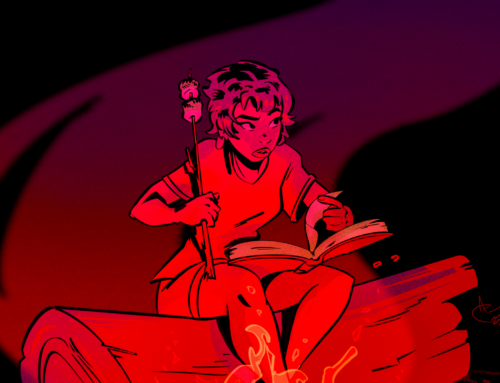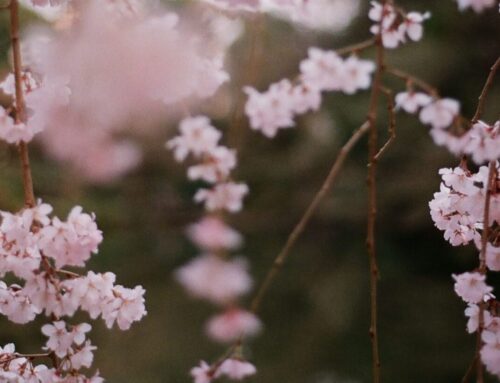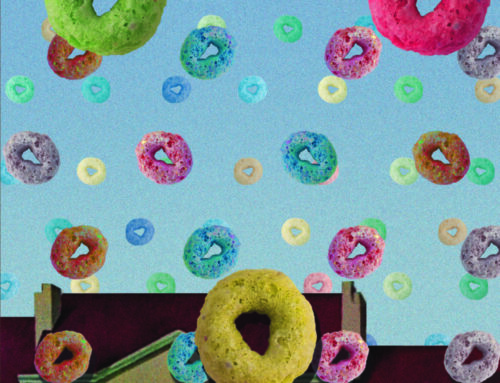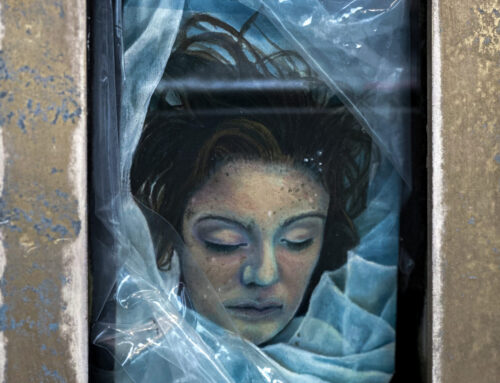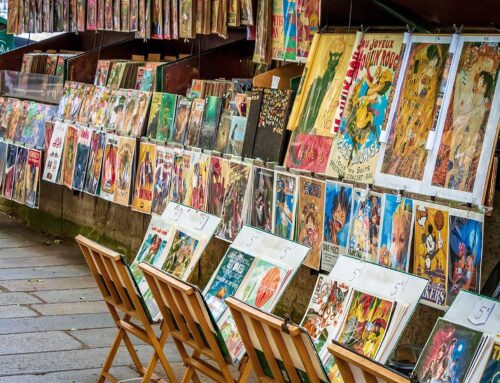Jean-Michel Basquiat (1960-1988)
Was an America Artist of Haitian and Puerto Rican roots. He achieved his fame as part of a graffiti duo called SAMO. Basquiat used social commentary in his artworks as a tool for introspection and for identifying with his experiences in the black community, and attacks on power structures and systems of racism. Untitled sold in 2017 to Sotheby’s for $110.5 Million. It became one of the most expensive paintings ever purchased.
“Jean-Michel Basquiat: How A Street Artist Transcended Pop Art.” Youtube, uploaded by JakeZeeman, 3 May 2020
Kehinde Wiley (born. 1977)
Is an American portrait painter based in New York City and known for his highly naturalistic paintings of African Americans. He often references Old Masters paintings for the pose of a figure. And his paintings often blur the lines between the traditional and the contemporary. He was commissioned in 2017 to paint a portrait of former President Barack Obama for the Smithsonian National Portrait Gallery.

The artist Kehinde Wiley at his Brooklyn studio with his oil “Judith Beheading Holofernes” (2012), which is also the title of a Caravaggio work. His first museum retrospective opens at the Brooklyn Museum on Feb. 20.
Credit: Chad Batka for The New York Times
Kara Elizabeth Walker (born. 1969)
Kara Walker is best known for exploring the raw intersection of race, gender, and sexuality through her iconic, silhouetted figures.
Walker exploded onto the contemporary art scene with an exhibit where she upended the traditionally proper Victorian medium of the silhouette. Painting directly onto the walls of the gallery, she created a space in which unruly cut-paper characters – both black and white -fornicate and inflict violence on one another.
Art21. “Kara Walker: Starting Out | Art21 ‘Extended Play.’” YouTube, uploaded by Art21, 25 July 2014.

Gordon Parks. Self-Portrait, 1948
Gordon Parks (1912–2006)
Was an American photographer, musician, writer, and film director, who became prominent in U.S. photojournalism in the 1940s through 1970s — particularly in issues of civil rights, poverty, and African Americans. He is best remembered for his iconic photos of poor Americans in the 1940s, for his photo essays for Life magazine, and as the director of the 1971 film Shaft.
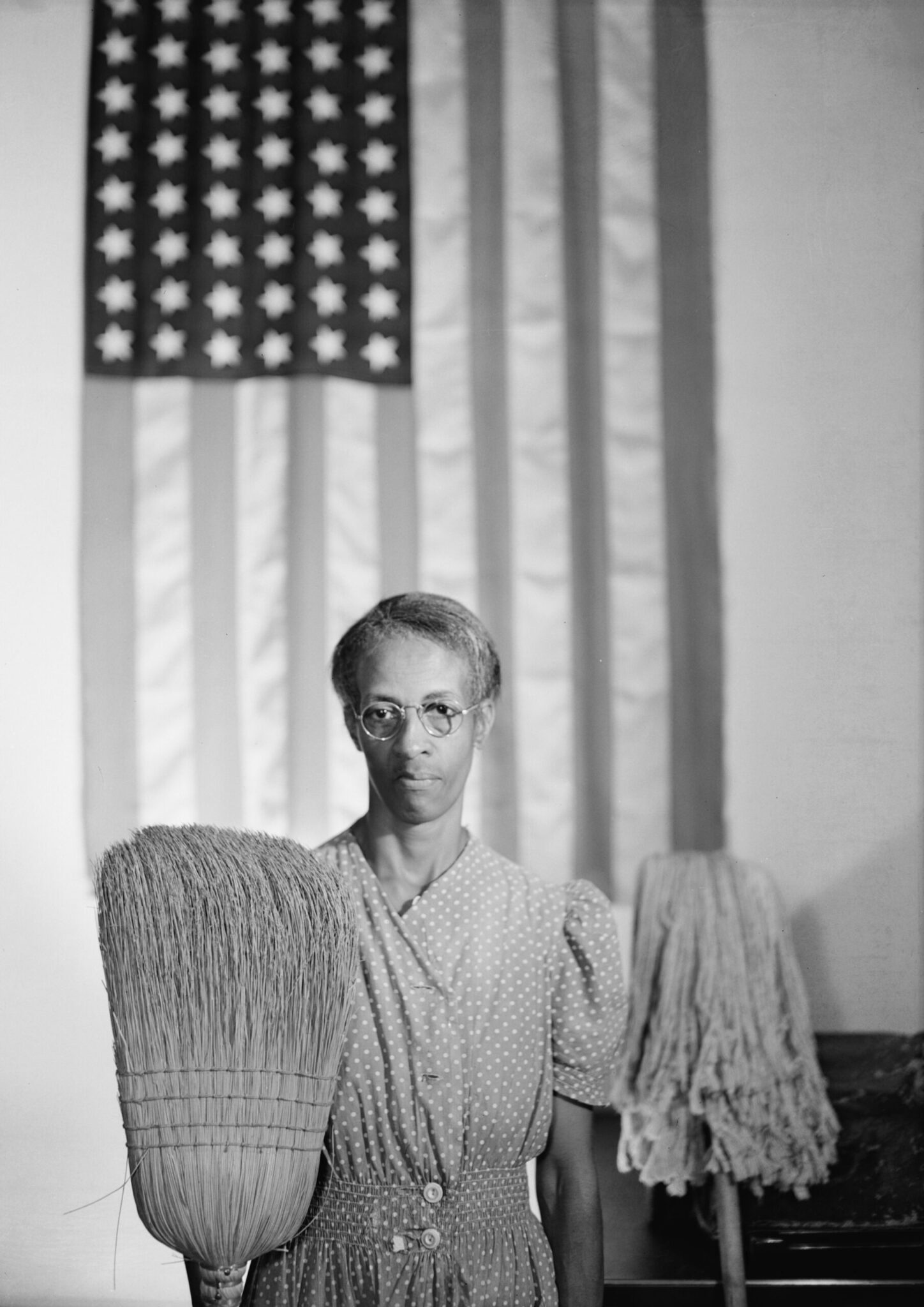
Gordon Parks, American Gothic (Ella Watson), 1942
Nina Chanel Abney (born 1982)
Describes her art as “easy to swallow, hard to digest.” The Chicago native who is based in NY paints in a graphic and disjointed style with a bold, colorful palette. She explores powerful themes of race, politics, celebrity, sex, and gender through a frenetic 21st-century lens.
Her work which is a confluence of current events and her own personal experience is included in collections around the world. This includes the Brooklyn Museum, The Rubell Family Collection, Bronx Museum, and the Burger Collection, Hong Kong.

Image from; Girgenti, Maria. “Portrait of the Artist: Nina Chanel Abney.” Art.Newcity.Com, 18 July 2015, art.newcity.com/2015/07/18/portrait-of-the-artist-nina-chanel-abney.
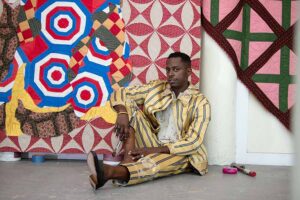
Creator: Lexie Moreland/WWD | Credit: Lexie Moreland/WWD
Sanford Biggers (born 1970)
A Los Angeles native currently working in New York, Sanford Biggers creates interdisciplinary artworks that encapsulate the installations, sculptures, drawings, performances, videos, and music through which he explores everything from Buddhism to African-American identity to art history. He describes the practice as “code-switching”: “To have there be layers of history and politics, but also this heady, arty stuff—inside jokes, black humor—that you might have to take a while to research if you want to really get it.”

Sam Gilliam in his studio in the 1980s.
PHOTO: ANTHONY BARBOZA/GETTY IMAGES
Sam Gilliam (born 1933)
Is one of the great innovators in postwar American painting. He emerged from the Washington, D.C. scene in the mid-1960s with works that elaborated upon and disrupted the ethos of Color School painting.
These are just a small fraction of Black artists that you can check out. The internet is a wondrous place, when used for good.
Get out there and appreciate some art; educate yourself on the history of the biggest little city that you know and love.
Art Spot Reno is hosting art mural walks with a focus on Reno’s own Black History. Click the link for more info.


